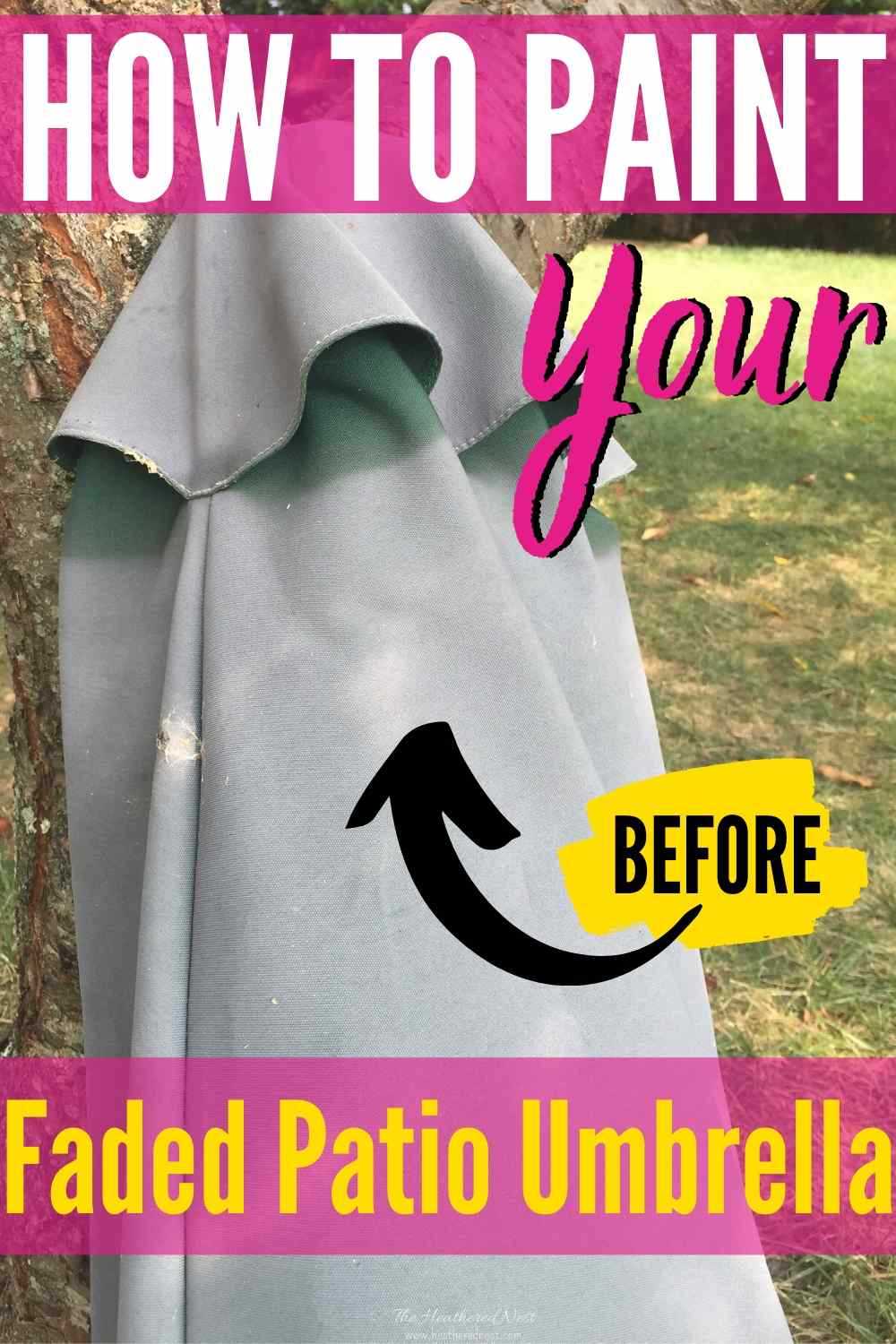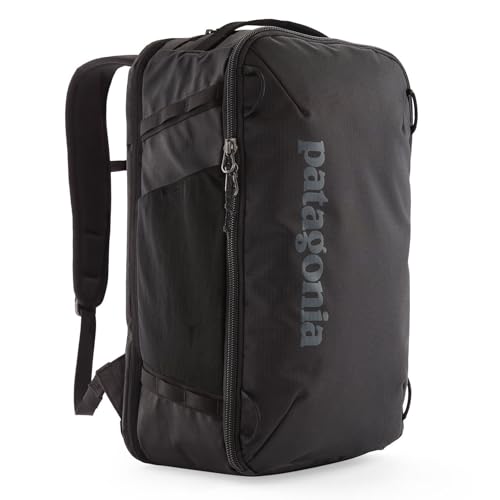




For those looking to refresh their outdoor canopy, using fabric spray paint is an excellent solution. This article outlines the necessary steps and materials to achieve a stunning transformation, ensuring your shade structure not only looks appealing but also withstands the elements.
Whether you’re a DIY enthusiast or simply want to enhance your backyard space, this guide will be invaluable. You’ll learn about selecting the right paint, preparing the surface, and applying techniques that yield a professional finish.
Key topics include choosing weather-resistant paint, cleaning and priming the fabric, and tips for even application. By following these guidelines, you can give your outdoor fixture a new lease on life, making it a focal point of your patio or garden.
Best Way to Refresh Your Outdoor Canopy
Choose a high-quality outdoor fabric paint specifically designed for textiles. This type of paint adheres well to the fabric and withstands exposure to sunlight and moisture. Prior to application, ensure the surface is clean and dry, which will help the paint adhere better.
Before applying color, consider using a primer designed for fabric. This can enhance the longevity of your finish and provide a more even base for the top coat. Once primed, select your desired shades and prepare to apply them with a brush or spray for a smooth and uniform finish.
Steps to Achieve a Flawless Finish
- Clean the canopy thoroughly with mild soap and water, removing any dirt or debris.
- Allow the fabric to dry completely before proceeding.
- Apply a fabric primer to enhance adhesion; let it dry according to the manufacturer’s instructions.
- Use a spray bottle or brush to apply the outdoor fabric paint in thin layers, allowing each coat to dry fully before adding another.
- After reaching the desired coverage, seal the paint with a clear outdoor fabric sealer for added protection.
Remember to work in a well-ventilated area and wear protective gear, such as gloves and a mask, to avoid inhaling fumes. By following these detailed steps, you can successfully rejuvenate your outdoor canopy and give it a fresh look that stands the test of time.
Choosing the Right Type of Paint for Fabric
Selecting the appropriate coating for fabric is imperative for achieving durability and a pleasing appearance. Look for products specifically designed for outdoor textiles, as these will withstand the elements better than regular paints.
Water-based acrylics are ideal for this purpose, as they offer flexibility and adhere well to various fabrics. Additionally, they dry quickly and provide excellent color retention. Ensure the product is labeled as suitable for fabric to guarantee optimal results.
Key Factors to Consider
- Fabric Type: Different materials react differently to coatings. Natural fibers like cotton often absorb paint well, while synthetic fabrics may require special formulations.
- Weather Resistance: Consider paints that are UV-resistant and waterproof to prevent fading and damage from rain.
- Flexibility: The coating should remain flexible after drying to prevent cracking or peeling when the fabric is moved or folded.
- Color Options: Choose a coating that offers a wide range of colors to match your aesthetic preferences.
Before applying, test a small area of the fabric to check for adhesion and color fastness. This ensures that the final result meets expectations and avoids unpleasant surprises. Always follow the manufacturer’s instructions for the best outcome.
Preparing the Umbrella Surface for Painting
Clean the surface thoroughly to ensure proper adhesion of the new finish. Use a mixture of mild soap and water to scrub away dirt, grime, and any mold or mildew. A soft sponge or cloth works well for this purpose. Rinse the fabric with clean water and allow it to dry completely before proceeding.
Inspect the material for any damage, such as tears or frayed edges. Repair these areas using fabric adhesive or patches specific to the material of the cover. This step is crucial to maintain the integrity of the structure and prevent further deterioration after applying the new color.
Preparation Steps
- Remove the canopy from the frame if possible, as this allows for better access and prevents overspray.
- Lay the fabric flat on a clean, dry surface, such as a drop cloth or a table, to avoid any contamination from the ground.
- Lightly sand any rough patches or areas where the previous finish may be peeling. This creates a smoother surface for the new coating.
- Use painter’s tape to cover any parts of the frame or hardware that should not be painted.
Taking these steps will significantly enhance the outcome of the coloring process and ensure a long-lasting finish on the fabric. Proper preparation lays the groundwork for a successful transformation of your outdoor accessory.
Selecting the Appropriate Brushes and Tools
Choosing the right brushes and tools significantly impacts the outcome of your project. For a successful finish, consider the type of material and the design you intend to apply. Synthetic brushes are often recommended for water-based coatings, while natural bristle brushes work well with oil-based products.
Additionally, rollers can cover large areas quickly, while detailed work may require smaller brushes. Foam brushes are useful for achieving a smooth finish in tight spaces. Pay attention to the size and shape of the brushes to ensure they match the contours of the surface you plan to refresh.
Key Tools to Consider
- Brushes: Opt for a variety of sizes, including flat and angled options for versatility.
- Rollers: Select a roller with a nap appropriate for the texture of the fabric.
- Foam Brushes: Ideal for edges and intricate designs.
- Drop Cloths: Protect surrounding areas from potential drips or spills.
Before starting, gather all necessary tools to streamline the process. This preparation helps in maintaining focus and efficiency, allowing for a more enjoyable experience while enhancing your outdoor fixture.
Step-by-Step Painting Techniques for Even Coverage
Selecting a high-quality fabric paint is the first step to achieving a smooth finish. Make sure the paint is suitable for outdoor textiles, ensuring durability and resistance to fading. Prepare the area by covering surrounding surfaces to avoid accidental splashes.
Before applying the color, clean the canopy thoroughly. Use a mixture of mild detergent and water to remove dirt and stains. Rinse well and allow it to dry completely. This step is crucial for proper adhesion of the paint.
Application Process
To ensure uniform coverage, follow these techniques:
- Test Swatch: Before the full application, test the paint on a small, inconspicuous area. This helps to confirm the desired color and adhesion.
- Use a Spray Applicator: A spray applicator provides an even coat without brush marks. Hold the sprayer about 6 to 12 inches away from the surface for consistent application.
- Multiple Coats: Apply several thin layers rather than one thick coat. Allow each layer to dry completely before applying the next to avoid drips and ensure even coverage.
- Brush Technique: If using a brush, select one with synthetic bristles. Move in one direction to prevent streaks, and blend any overlaps while the paint is still wet.
- Final Inspection: Once the final coat is dry, inspect the surface. Touch up any spots that may require additional paint to achieve a uniform look.
Following these techniques will lead to a beautifully refreshed canopy that can withstand the elements while enhancing your outdoor space.
Drying and Curing Process for Longevity
Allow ample time for the newly coated surface to dry thoroughly. This process is critical for achieving a durable finish. Generally, the drying time can vary based on environmental conditions, but a minimum of 24 hours is recommended before exposing the item to moisture or direct sunlight.
Curing is equally important as it ensures the paint bonds well with the fabric. Depending on the type of coating used, curing can take several days. It’s advisable to refer to the manufacturer’s instructions for specific curing times.
Key Steps for Optimal Results
- Drying Time: Wait at least 24 hours before using the item.
- Curing Period: Allow 72 hours for optimal bonding.
- Environmental Factors: Ensure good ventilation and moderate temperatures to facilitate drying.
- Protect from Elements: Keep the item sheltered from rain, dew, and direct sunlight during the drying and curing stages.
Following these guidelines will significantly enhance the longevity of your project. The combination of proper drying and curing will ensure that the finish remains intact and resistant to wear and tear, maintaining the appearance and integrity of your outdoor accessory for years.
Best way to paint a patio umbrella
Features
| Part Number | 37988 |
| Model | 37988 |
| Color | Red |
| Size | 8 Ounce (Pack of 4) |
Features
| Part Number | 5020-10-4 |
| Model | 5020-10-4 |
| Color | Clear |
| Size | 10.5 Fl Oz (Pack of 4) |
Features
| Part Number | 243914 |
| Model | 243914 |
| Color | Multicolor |
| Size | Assorted Sizes |
| Language | English |
Features
| Part Number | 358834 |
| Model | 358834 |
| Color | Khaki |
| Size | 12 Ounce (Pack of 6) |
Video:
FAQ:
What type of paint should I use for my patio umbrella?
For painting a patio umbrella, it’s best to choose outdoor fabric paint or spray paint specifically designed for fabrics. These types of paints are formulated to withstand weather conditions and UV rays, ensuring that the color stays vibrant and does not fade quickly. Make sure to check the product label to confirm that it is suitable for outdoor use and compatible with the material of your umbrella.
How do I prepare my patio umbrella for painting?
Preparing your patio umbrella for painting involves several steps. First, clean the fabric thoroughly with mild soap and water to remove any dirt or grease. Rinse well and allow it to dry completely. Next, if your umbrella has any existing paint or finish, lightly sand the surface to create a better grip for the new paint. Finally, make sure to set up your umbrella in a well-ventilated area, preferably outdoors, to ensure proper drying and minimize inhalation of fumes during the painting process.
Can I paint a patio umbrella without removing it from the frame?
Yes, you can paint a patio umbrella without taking it off the frame, but it may be more challenging. If you choose to do this, make sure to cover the frame and any areas you don’t want to be painted with painter’s tape or plastic sheeting. This will help protect those parts from overspray. Ensure that the umbrella is fully opened and secured to avoid any movement while you paint. However, for the best results, removing the fabric from the frame and laying it flat can provide easier access and a more even application of paint.







